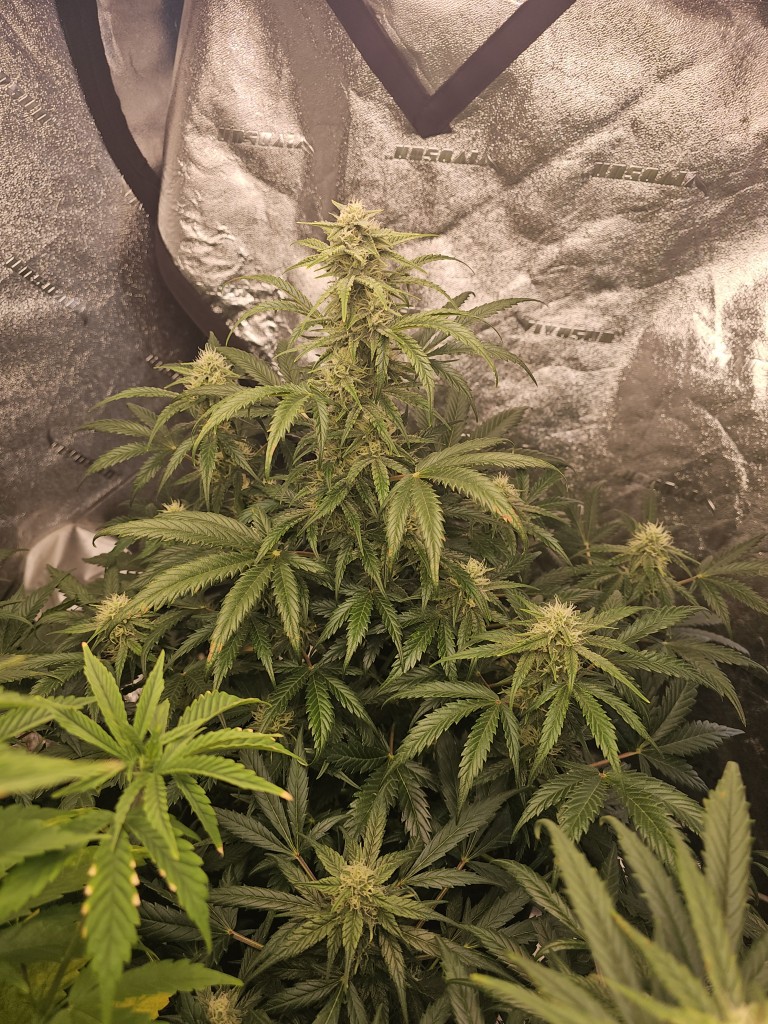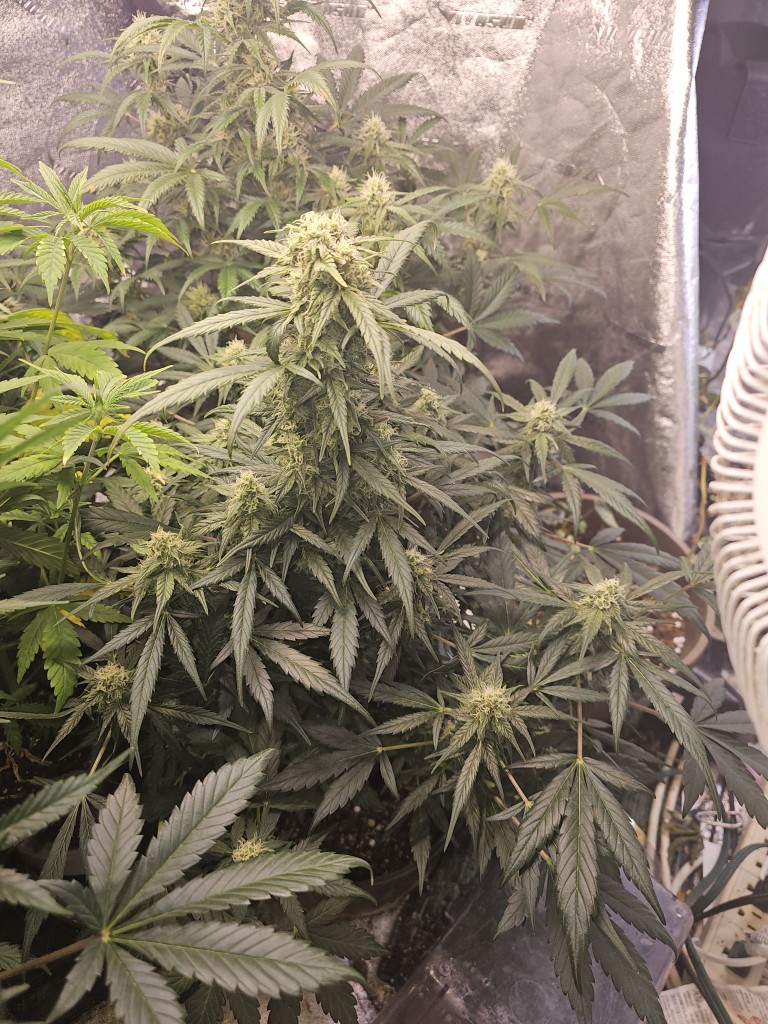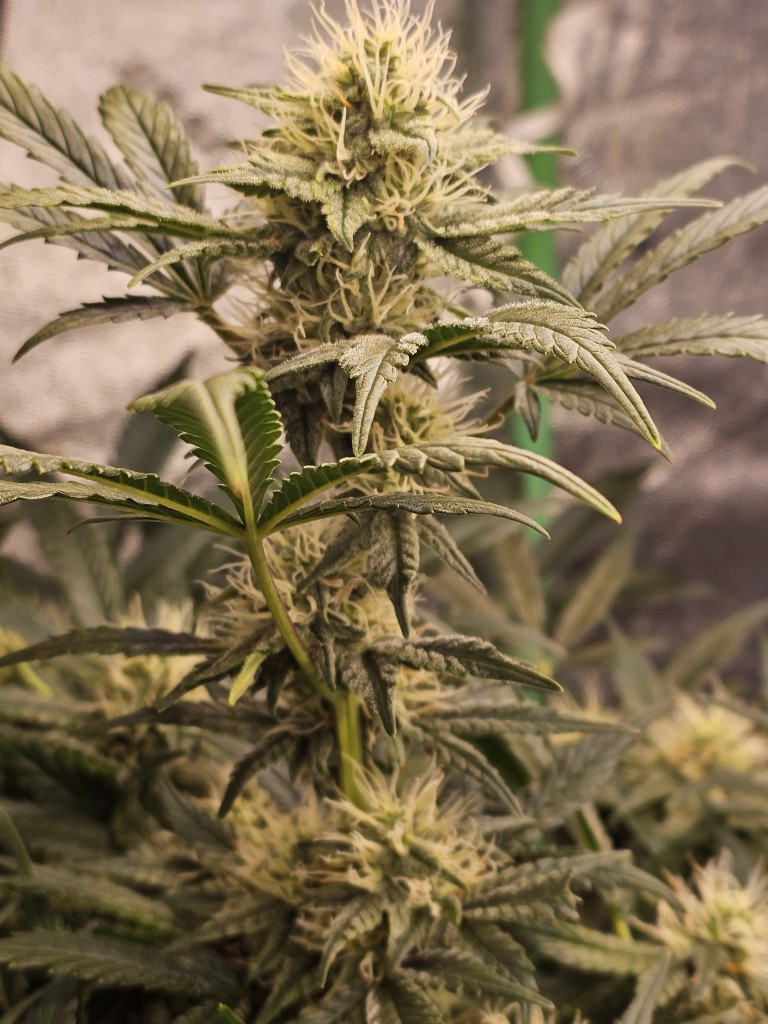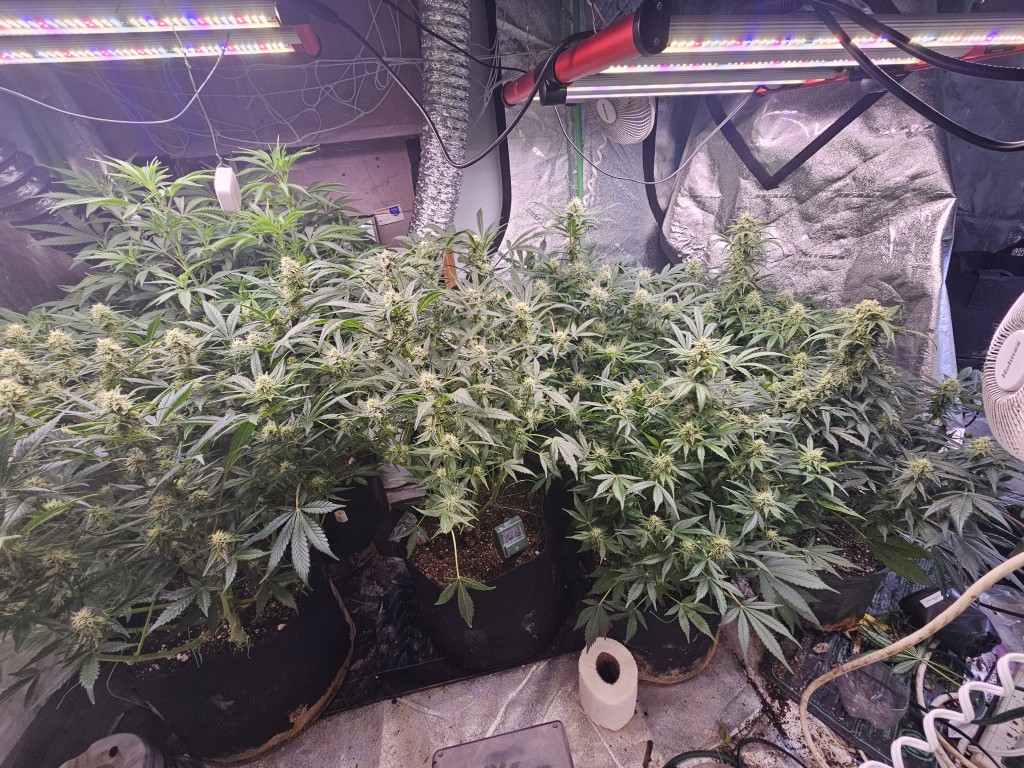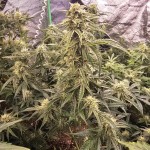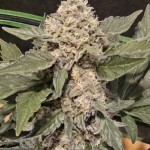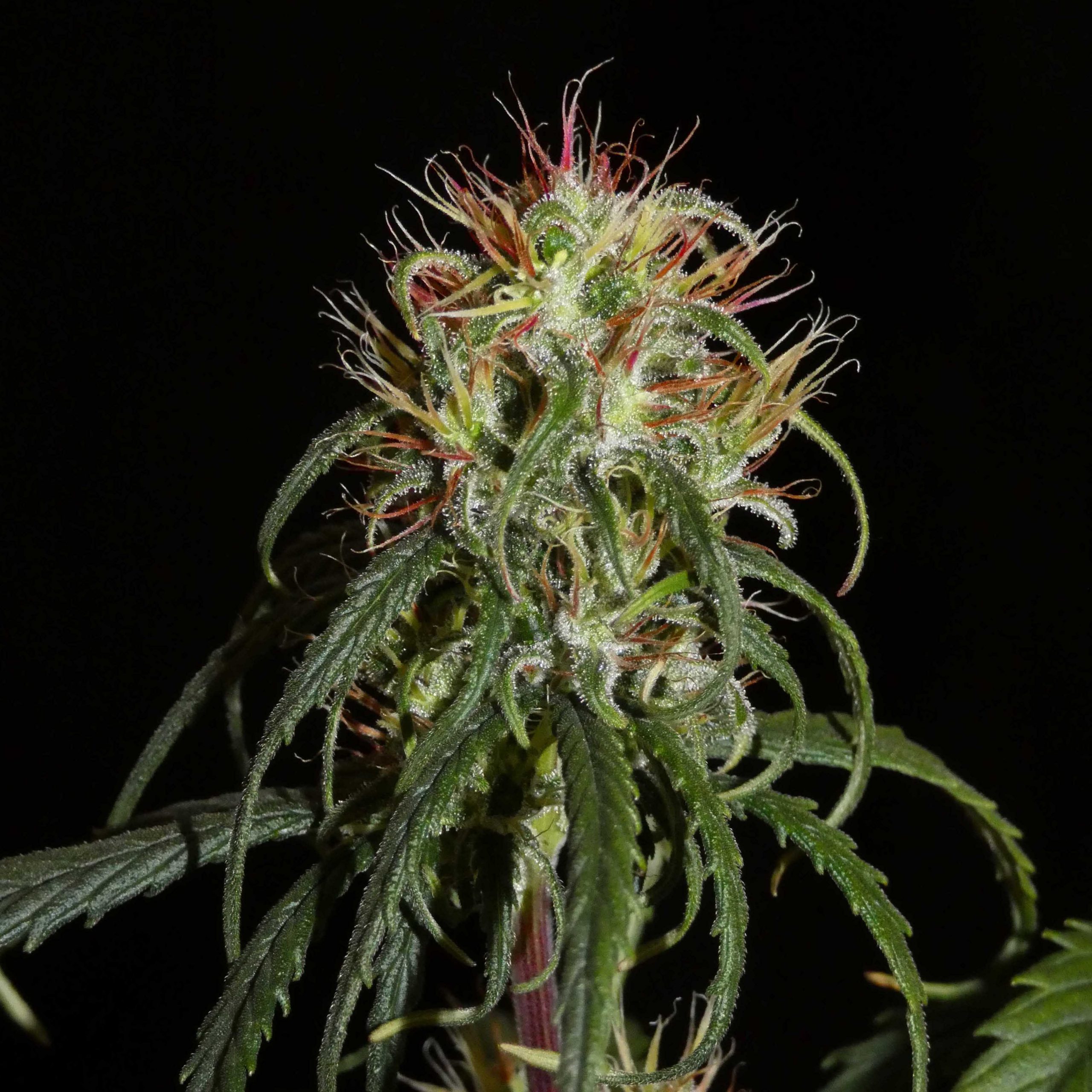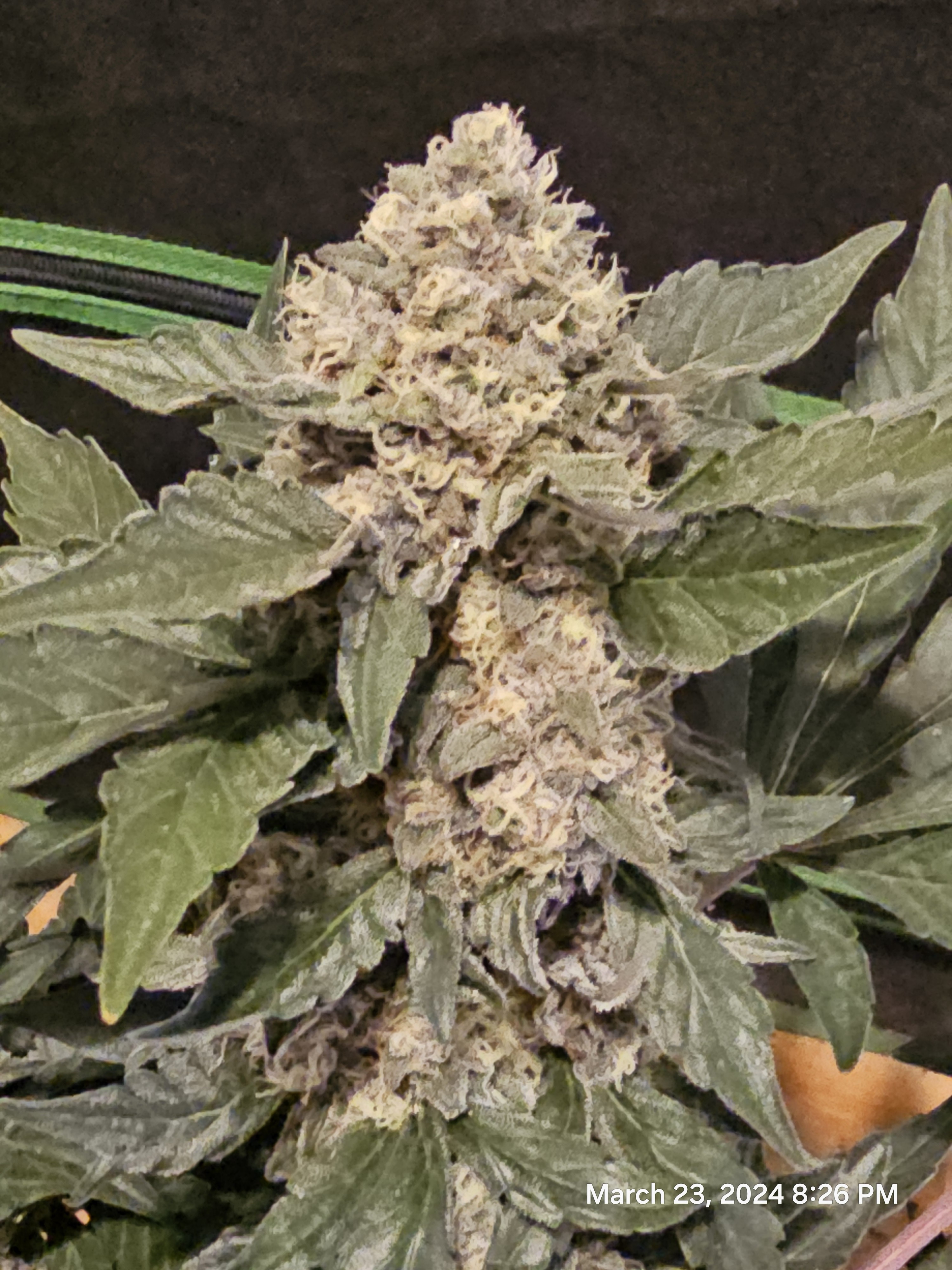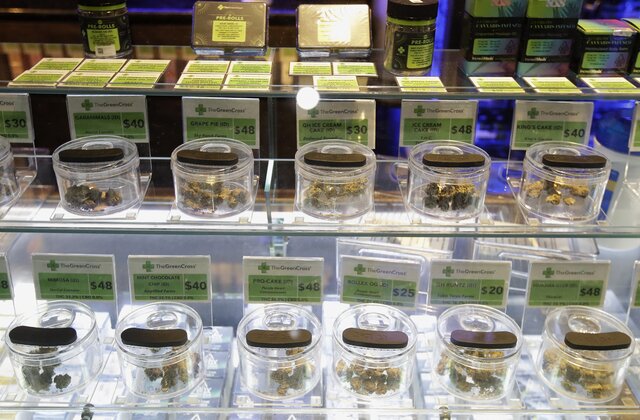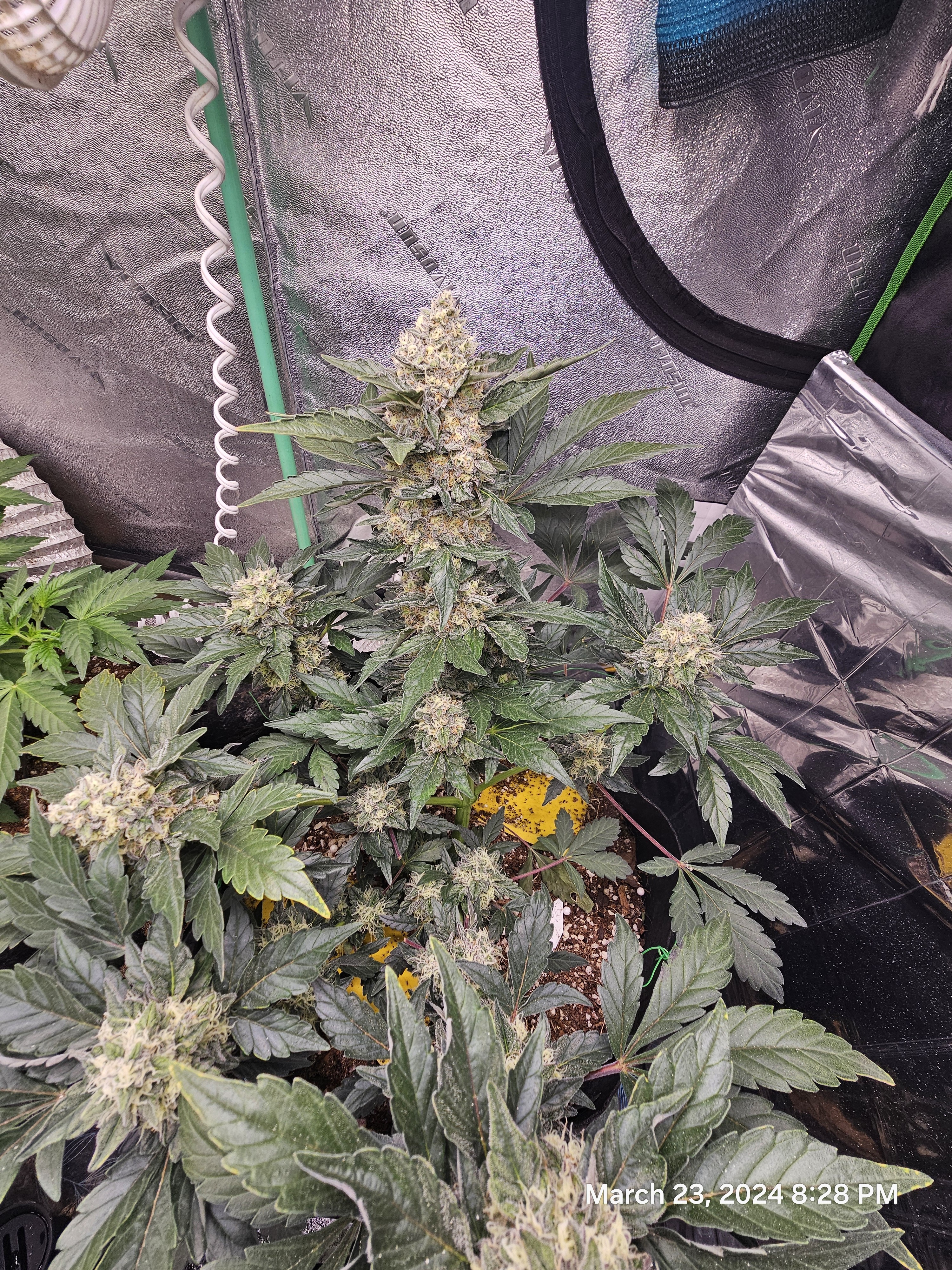Growing autoflowers can be a rewarding experience, and they’re known for their shorter growing cycles and relatively compact size. Here’s a general guide on how to grow autoflowers:
- Select a Suitable Strain:
- Choose a reputable seed bank and select an autoflowering strain that suits your preferences and growing conditions.
- Choose the Right Growing Medium:
- Autoflowers can be grown in soil, coco coir, or hydroponic systems. Choose the medium that you are comfortable with and that fits your setup.
- Provide Adequate Light:
- Autoflowers do well with at least 18 hours of light per day during the vegetative stage. Some growers opt for 20 hours of light to maximize growth. Once the flowering stage begins, you can reduce the light cycle to 12 hours.
- Control Temperature and Humidity:
- Keep the temperature between 70-85°F (21-29°C) during the day and avoid temperatures below 60°F (15°C) at night. Humidity levels should be around 40-60% during the vegetative stage and slightly lower (30-50%) during flowering.
- Nutrients and Feeding:
- Use a balanced fertilizer with micro and macro nutrients. Autoflowers generally don’t require as much nutrients as photoperiod plants. Start with a lower concentration and gradually increase if needed.
- Watering:
- Avoid overwatering, as autoflowers are sensitive to waterlogged soil. Allow the soil to dry out slightly between waterings. Use pH-balanced water to prevent nutrient deficiencies.
- Training and Pruning:
- Low-stress training (LST) and defoliation can help manage the plant’s height and promote an even canopy. However, be gentle with autoflowers as they have a limited vegetative period.
- Monitor Growth:
- Keep a close eye on your plants. Autoflowers have a fixed timeline, so any stress or issues during their life cycle can impact yields.
- Harvesting:
- Autoflowers usually have a shorter flowering time compared to photoperiod plants. Harvest when the majority of the trichomes have turned cloudy for a balanced effect. Some growers prefer to harvest when trichomes are mostly amber for a more relaxing effect.
- Drying and Curing:
- Once harvested, dry your buds in a dark, cool, and well-ventilated space. After drying, cure the buds in glass jars, burping them daily to release excess moisture.
Remember that every strain and growing environment is unique, so it’s essential to adapt these guidelines to your specific situation. Additionally, always stay informed about the particular needs of the strain you’re growing.
